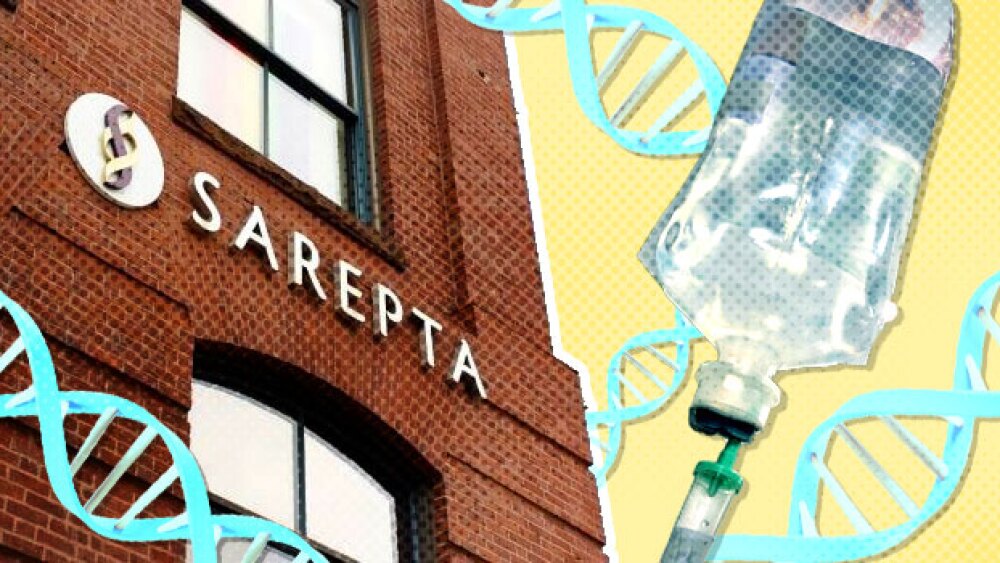Access Vascular, Inc. announced that the Infusion Nurses Society has updated its standard of care to include innovative catheter materials, to reduce the risk of vascular access complications.
Infusion Nurses Society’s Latest Guidelines Cite Novel Catheter Materials to Lower the Risk of Common Vascular Access Complications
BILLERICA, Mass.--(BUSINESS WIRE)-- Access Vascular, Inc. (AVI), a company addressing the most common and costly vascular access complications with its novel hydrophilic biomaterial platform, today announced that the Infusion Nurses Society (INS) has updated its standard of care to include innovative catheter materials, to reduce the risk of vascular access complications.
The new INS guidelines cite improvements in catheter materials as having the potential to reduce complications such as phlebitis, occlusion, and thrombosis.1 The guidelines also advise healthcare providers to consider using devices made of novel materials in populations with high rates of occlusion or thrombosis.
Studies have shown that peripherally inserted central catheters (PICC) and midline catheters made using AVI’s MIMIX™ hydrophilic biomaterial (HBM) offer lower rates of failure,2 occlusion,3 bacterial adhesion and thrombus accumulation,4 compared with catheters made from conventional polyurethane materials.
“Rates of bloodstream infections have soared, at great cost to the U.S. healthcare system and, most importantly, leading to a myriad of patient complications,” said James Biggins, Founder and CEO of Access Vascular. “These latest guidelines are an important recognition that advanced technology platforms like the MIMIX™ HBM, which can help reduce the impact of many complications on patients, should be front-line options in the standards for care.”
Use of hydrophilic catheter materials such as MIMIX™ has been estimated to generate annual savings of nearly $1.8 million for a 1,000-bed acute care facility, or $560,000 for a 300-bed site, with a modest 50 percent reduction in complication costs.5
About Access Vascular
Access Vascular was founded to address the most common and costly complications of intravenous therapy: infection, thrombosis, and phlebitis. Taking a foundationally different approach to thrombus reduction, the company manufactures intravenous catheters from a hydrophilic material. Engineered to mimic the body’s natural chemistry, Access Vascular catheters are designed to evade the foreign body response and complications that come with it. Our award-winning, FDA-cleared products are HydroPICC® and HydroMID®. For more information, please visit www.accessvascularinc.com, and follow us on LinkedIn.
|
1Nickel, Barbara APRN-CNS, CCRN, CRNI®;et al. Infusion Therapy Standards of Practice, 9th Edition. Journal of Infusion Nursing 47(1S):p S1-S285, January/February 2024. | DOI: 10.1097/NAN.0000000000000532. |
|
2A Retrospective Assessment of Midline Catheter Failures Focusing on Catheter Composition. Bunch, Joseph. J Infus Nurs. 2022 Sep-Oct;45(5):270-278. doi: 10.1097/NAN.0000000000000484. |
|
3Bunch J, Hanley B, Donahue D. J Mater. Sci. Mater. Med. 2023 July 34(34). doi: 10.1007/s10856-023-06736-0. |
|
4Data presented at the AVA Annual Scientific Meeting, Oct. 14, 2023. https://www.accessvascularinc.com/news/new-bacterial-adhesion-data-at-ava-2023. Reduction of thrombus accumulation and bacterial adhesion was evaluated using in vitro models. Pre-clinical in vitro evaluations do not necessarily predict clinical performance. |
|
5Moureau NL (2022). International Journal of Nursing Health Care Research 5: 1347. DOI: https://doi.org/10.29011/2688-9501.101347 |
View source version on businesswire.com: https://www.businesswire.com/news/home/20240228017478/en/
Contacts
Brad Perriello
Circle Hill Communications
brad@circlehillcommunications.com
617.817.1385
Source: Access Vascular, Inc.
View this news release online at:
http://www.businesswire.com/news/home/20240228017478/en





